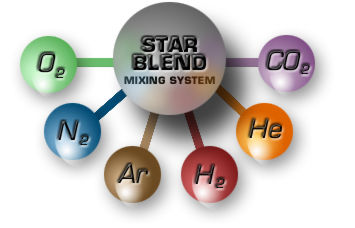Process: GMAW, FCAW, Short Arc, Spray, Pulse
Materials: Carbon Steels, Low Alloy Steels
Application & Results:
- 3/16 and thicker
- Better operator appeal than AR/CO2
- Good multi-pass capabilities
- Good arc stability
- Better wetting and travel speed
- Has low smoke and spatter levels


